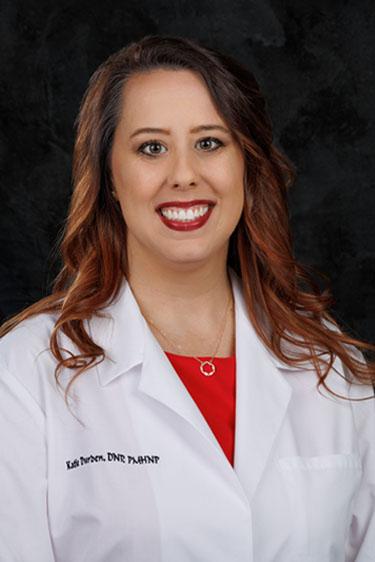
If you or a loved one struggles with depression, it may comfort you to know you aren’t alone. Roughly 8% of the population experienced at least one episode of major depression within the past year, according to the National Alliance on Mental Illness. For many people, depressive episodes are recurring and, without treatment, could last for months or even years. Depression is a serious illness, and it requires medical care.
Most commonly, antidepressant medications are used for treatment. It’s not uncommon for patients and providers to try different medications before finding the right one. Often, medications are combined with cognitive behavioral or talk therapy to help people address the issues causing their depression.
"Roughly 85% of people with depression respond to treatment," says Katie C. Durden, DNP, PMHNP-BC, with Beaufort Memorial Sea Island Psychiatry. "For the remaining 15%, these standard treatments may not work effectively or at all. These people have what’s known as treatment-resistant depression, and finding a solution can be challenging."
Read More: Dealing With Anxiety? You’re Not Alone
How to Manage Treatment-Resistant Depression
Depression is considered treatment-resistant if depression symptoms don’t improve after two antidepressant medications. At this point, physicians may recommend alternative treatment methods, such as brain stimulation therapy. Brain stimulation therapy uses electricity to stimulate different centers of the brain. For some forms of treatment-resistant depression, it can be beneficial in alleviating symptoms. Two common types of brain stimulation therapy include electroconvulsive therapy and repetitive transcranial magnetic stimulation.
Electroconvulsive Therapy
Electroconvulsive therapy (ECT) is a form of brain stimulation therapy. It requires sedation with general anesthesia and muscle relaxation. It uses electrical currents to pass through the brain, helping the brain to release chemicals that can help treat depression.
If you receive ECT as a treatment for treatment-resistant depression, you may wake up from your procedure feeling tired or groggy. Most patients need roughly six to 12 treatments to alleviate symptoms, and some patients may also need maintenance sessions to help prevent symptoms from returning.
Transcranial Magnetic Stimulation
Transcranial magnetic stimulation (TMS) uses a magnet to activate electricity in the brain similar to how ECT functions. During treatment sessions, a provider holds a coil against your forehead. Then, you’ll feel small knocks or taps on your head while quick electromagnetic pulses are administered through the coil, causing electrical currents that stimulate nerve cells in the brain. This usually just under 20 minutes, and unlike ECT, you won’t require anesthesia. It’s also an outpatient procedure, so you or your loved one can drive and return to normal activities after treatment. TMS can be used in addition to medication or other forms of treatment.
Schedule an appointment with your primary care provider to discuss a referral to Beaufort Memorial’s mental health services.
Updated: April 2025

